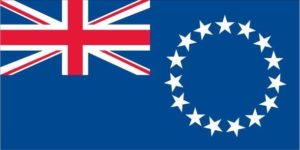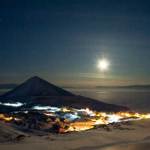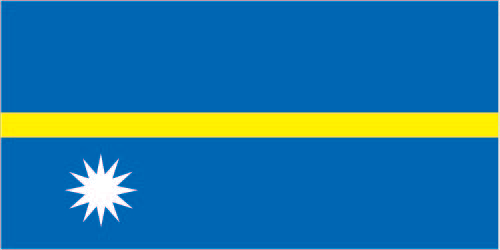
Flag of Nauru
Nauru celebrates Independence Day. It gained its independence from a United Nations Trusteeship managed by Australia, New Zealand, and the United Kingdom in 1968. Nauru is a small island, only 8.1 square miles (one-tenth the size of Washington, DC), and supports about 10,000 inhabitants. Yaren is the capital. The interior used to hold reserves of phosphates, used to make fertilizers. However, the phosphates have been exhausted. Located just south of the equator in Micronesia, the country has a tropical climate. Children can learn more at: Nauru.
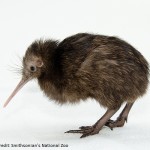
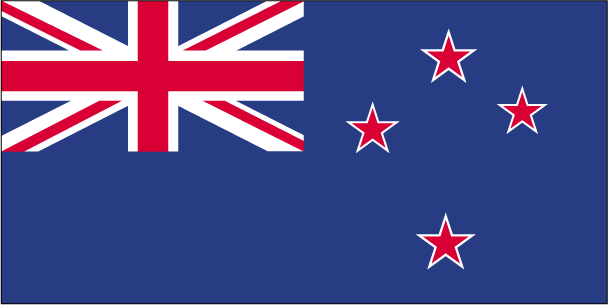 New Zealand remembers Waitangi Day. In 1840 the Maori and the Europeans signed the Treaty of Waitangi, permitting Great Britain to develop New Zealand. About the size of the state of Colorado, New Zealand is comprised of mostly mountains with some coastal plains. Slightly over four million people live on the islands. Wellington is the capital. The country exports dairy products, meat, wool, and wood products. The kiwi is native to New Zealand. Children can learn more at:
New Zealand remembers Waitangi Day. In 1840 the Maori and the Europeans signed the Treaty of Waitangi, permitting Great Britain to develop New Zealand. About the size of the state of Colorado, New Zealand is comprised of mostly mountains with some coastal plains. Slightly over four million people live on the islands. Wellington is the capital. The country exports dairy products, meat, wool, and wood products. The kiwi is native to New Zealand. Children can learn more at: 